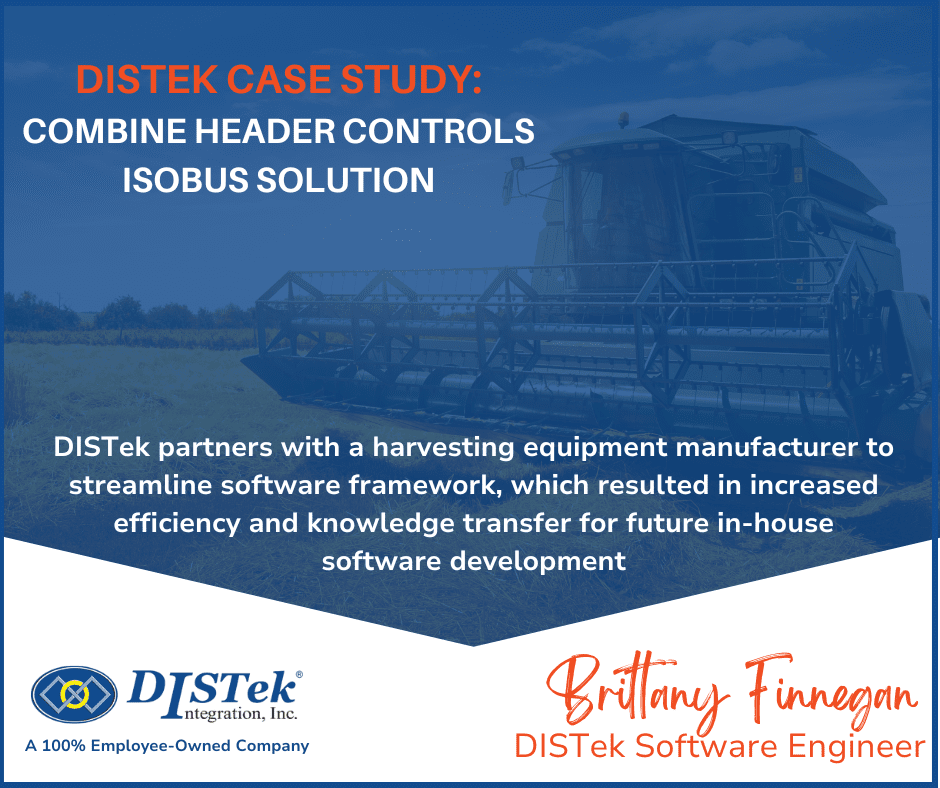In the ever-evolving world of agriculture, technology continually reshapes how we approach farming practices. One significant advancement is the development of ISOBUS, a universal standard for communication between farm machinery and equipment. A standout feature supported by ISOBUS is Task Control, which revolutionizes how farmers manage and execute complex operations across their implement(s) simultaneously. Expanding upon this, when Task Control is applied to multiple functions within a more complex implement, or even across multiple implements at once, farmers can coordinate many operations through a single interface, streamlining field work and minimizing manual intervention. This integrated approach not only enhances productivity but also reduces the risk of errors (when properly configured) and greatly improves operational efficiency, ensuring that each part of each implement performs optimally within its designated task. In this blog post, we’ll delve into what Multi-Channel Task Control is and how it can be utilized for Section and Prescription Control.
At its core, Multi-Channel Task Control involves managing several operations concurrently across various agricultural implements, such as planters, spreaders, and sprayers, through the Task Control Server, running on a Universal Terminal (UT). In a typical configuration, there may be multiple implements connected to a Task Control Server, or one implement that can perform multiple functions. To initiate connection to the Task Control Server, each implement sends its Device Descriptor Object Pool (DDOP for short), which is data describing the functionality of the implement, its physical characteristics, and so forth. When the connection is established, each implement takes on the role of a Task Control Client in relation to the Server. Many modern Task Control Server applications can allow for tasks to be created which synchronize the operations across multiple implements. Each task can be assigned to a function or sub-function performed by each Client, as described in their DDOP. Two of the main tasks that will be highlighted in this post are Section Control and Prescription Control, as they pertain to multiple channels.
Section Control allows farmers to divide their machinery into distinct operational zones, each of which can be controlled independently. The more sections an implement contains, the greater its operational precision. Section control provides the ability to control individual sections based on the boundaries defined by the field (known as Boundary Control) and areas of the field which have already been operated on (known as Overlap Control). The Task Control Server uses GPS and active runtime data from each implement to track where work has been done on the field and enforces boundary and overlap control. This not only optimizes the use of seeds, fertilizers, or pesticides, but also ensures that resources are applied precisely where they are needed, minimizing waste and maximizing yield potential. Expanding upon this, when multiple operational channels are configured within an implement, or when multiple implements are used together, functions such as planting, fertilizing, or spraying can be coordinated together in unison during a single pass of a given field, which saves the farmer precious time and resources.
Furthermore, another feature of Task Control is Prescription Control. This takes this precision a step further by allowing farmers to apply targeted rates of application based on conditions tailored to specific areas of their fields. By applying target rates of application to many different operations within the field, the Task Control Server can simultaneously dictate this information to many implements at once. While Section Control dictates where work is needed within a field, Prescription Control answers how much is needed on each part of the field. This level of customization not only enhances efficiency, but also contributes to sustainable farming practices by minimizing environmental impact and optimizing resource utilization.
Within ISOBUS, the ability to synchronize Task Control across multiple channels represents a significant leap forward in agricultural technology. It empowers farmers with the tools needed to achieve higher levels of precision, efficiency, and sustainability, allowing for multiple operations across many implements to work together at the same time. As this technology continues to evolve, its impact on modern farming practices will only grow, paving the way for more sustainable and productive agricultural practices.





